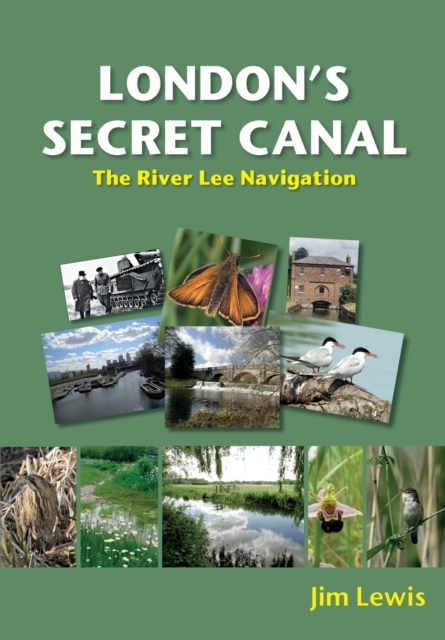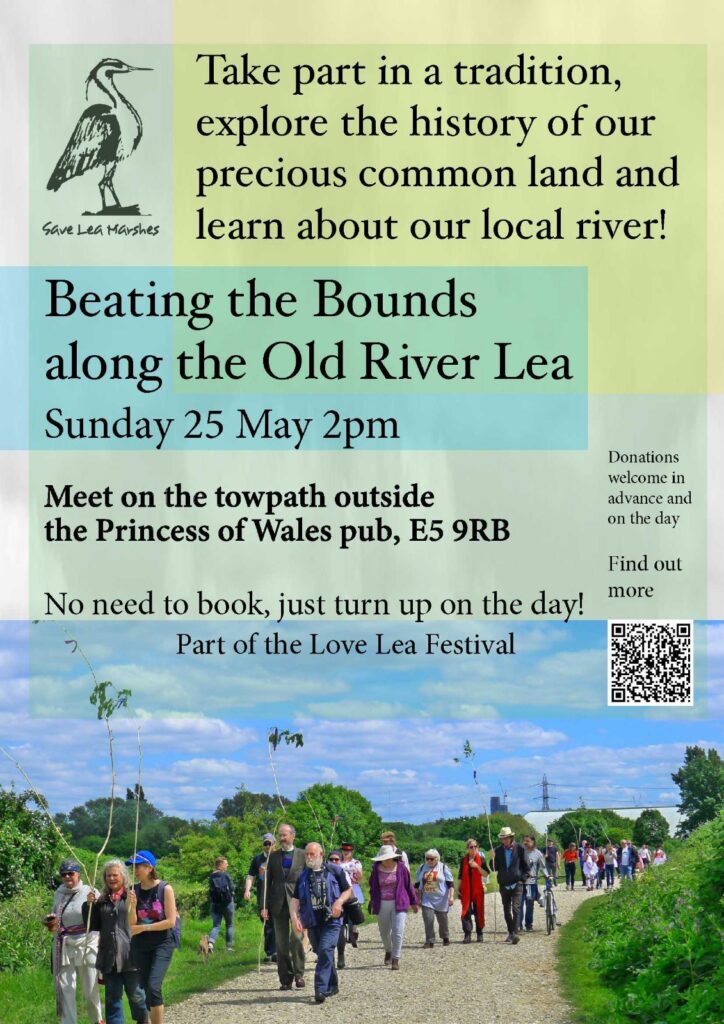
Category Archives: Uncategorised
King Harold at Waltham Abbey
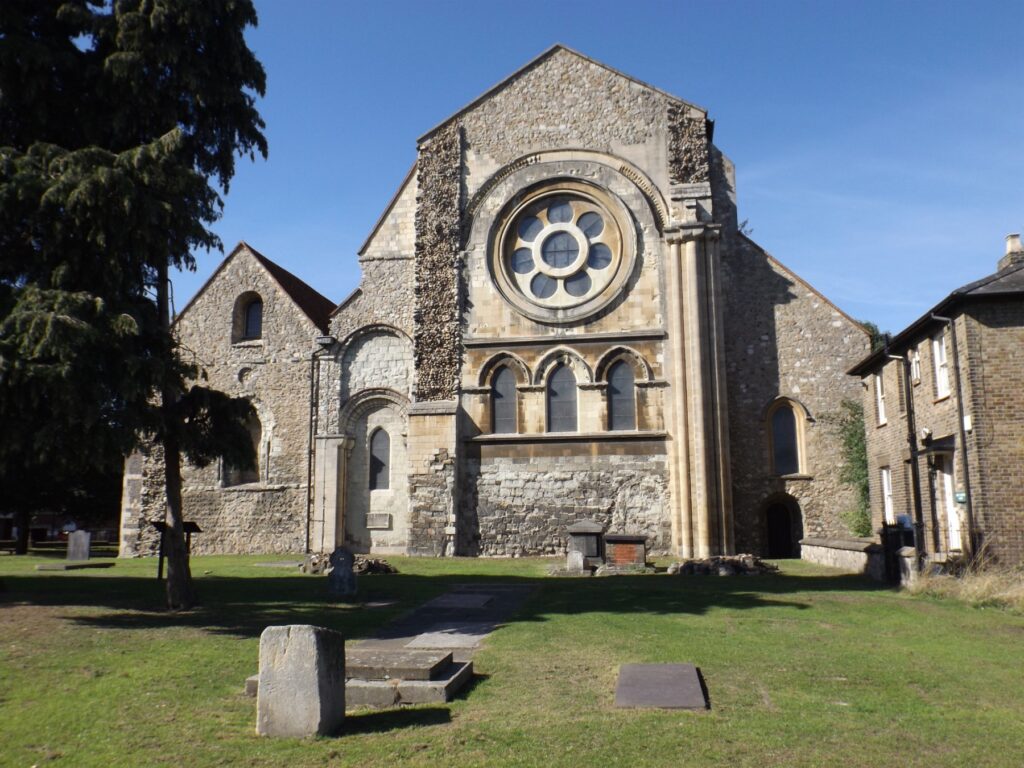
Today 958 years ago William Duke of Normandy landed at Pevensey in Sussex.
News of this invasion brought King Harold back south fresh from his victory over the King of Norway at Stamford Bridge three days earlier.
As he passed down the Lea Valley he stopped at Waltham Abbey (then a minster) to pray before its famous Holy Cross which drew many pilgrims.
He was as we all know defeated about ten days later at the 1066 Battle of Hastings. The new monarch ‘William the Conqueror’ allowed Harold’s body to be returned to Waltham and buried in the abbey church.
The now shortened nave has left the last Saxon King’s tomb outside the east end where flowers will be laid at noon on Saturday 12 October.
Bromley-by-Bow Station exit improvement
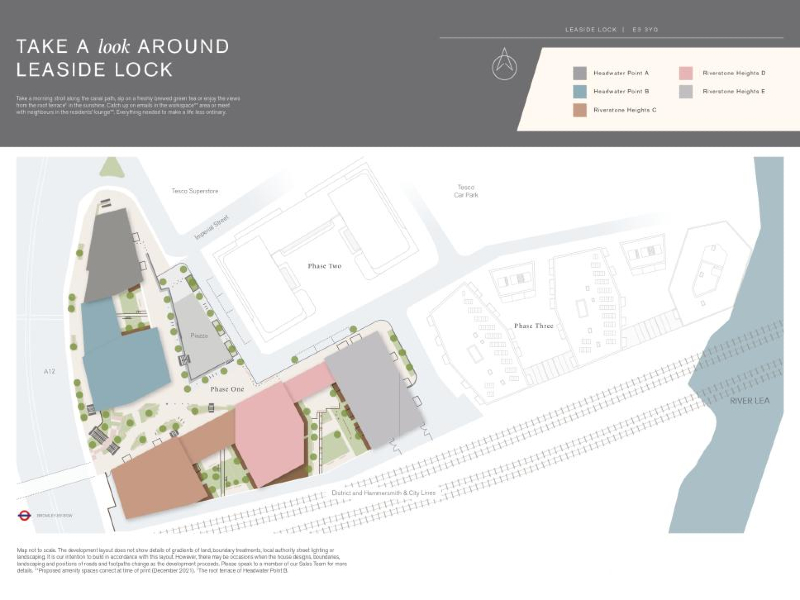
The exit from Bromley-by-Bow station has been improved by taking pedestrians away from the main road.
To reach Three Mills: On leaving the station go left down steps and right through the tunnel. Now go ahead into the Leaside Lock residential development (no water to see yet) and bear left. At the far end bear right into Hancock Road to reach Tesco and go right into Three Mill Lane.
To reach the station from Three Mills: Walk up Three Mill Lane alongside Tesco and go left into Hancock Road. Do not join the main road but keep ahead to the left of the high building. At the far end bear right to go through the short tunnel and up steps to the station.
Cody Dock link closed 25 Dec & 1 Jan
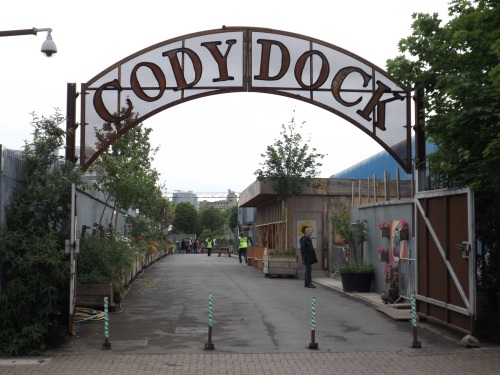
The Cody Dock bridge will be closed on Christmas Day and New Year’s Day.
This means that if you are walking south from Three Mills to East India Dock or Trinity Buoy Wharf you must break off at the Amazon building to walk through the industrial estate turning left at the second roundabout to reach Cody Road.
On other Christmas Week days Cody Dock and the bridge will be open from 11am to sunset.
After New Year’s Day the normal opening time will be 9am daily.
SS Robin returns to Leamouth
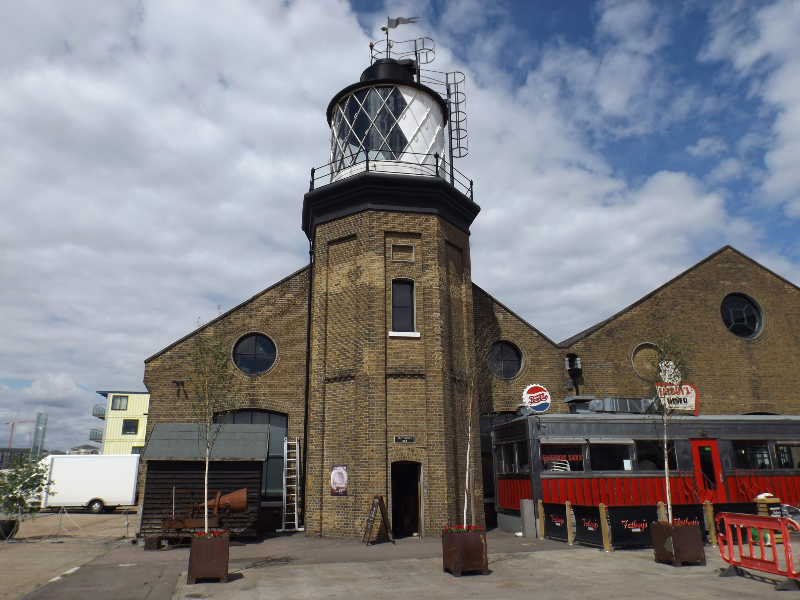
SS Robin was built in 1890 by Mackenzie, MacAlpine & Coat at Orchard Yard on the River Lea at Leamouth.
The 300-ton steam-powered coaster, now part of the National Historic Fleet, is the last of her type still in existence.
Next Sunday 10 December the fully restored SS Robin returns to Leamouth to permanently moor at Trinity Buoy Wharf at the end of Orchard Place and at river’s confluence with the River Thames.
The arrival is expected between 10am and 11am. The Wharf’s Orchard Café will be open from 9am to 4pm serving hot drinks and hot lunches.
The nearest station is East India DLR.
New Jim Lewis book: More than a canal
New background reading on the River Lea comes from Jim Lewis who has written many years writing about the valley.
Although this book claims to look at the river as a canal and has been promoted as being handy for those on the water it brings together Dr Lewis’s latest research.
He stresses that it is the Lea Valley and the River Lea but the navigation when a canal is the Lee. Hence the book’s title London’s Secret Canal: The River Lee Navigation.
There is a summary of the Lea Valley heritage with new information including a very compelling claim that Ponders End is ‘the birthplace of the post industrial revolution’.
Whilst the author is best known for his championing of the valley’s industrial heritage this book also dwells in sections on the remarkable amount of wildlife in the green corridor running down the side of the capital.
The launch of this latest work was appropriately at Myddelton House, HQ of the park authority, but the book rightly embraces the entire flow from Luton to Limehouse.
Waterstones at Enfield, Walthamstow and Liverpool Street, and other branches, are stocking the book.
London’s Secret Canal: The River Lee Navigation (Redshanks Books, £12).
Wassailing at Tottenham Hale
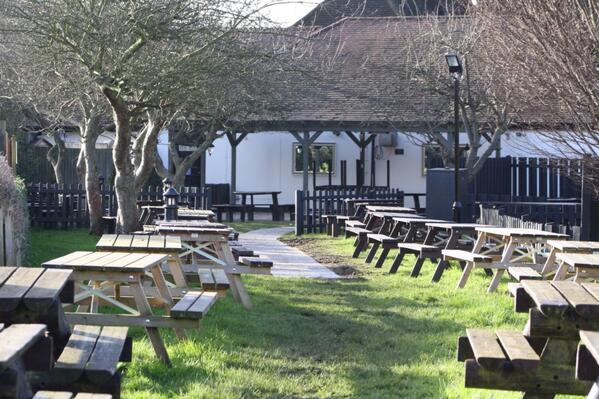
Behind the late 17th-century Ferry Boat Inn at Tottenham Hale is an ancient apple orchard with water on two sides.
The annual wassailing takes place in the orchard on Sunday evening 15 January.
Wassailing, usually associated with Somerset and the west Country, involves singing to the trees to promote a good harvest for the coming year. The ceremony is often, as at Tottenham, accompanied by much noise to wake up the trees for springtime. So you are invited to bring pots and pans to bang in between enjoying warm spiced cider.
People will gather from 5pm and pub food will be available during the evening.
The Ferry Boat Inn with its stone floor is in Ferry Lane and east of Tottenham Hale Lock. It is just over the border on the Essex bank of the Old Lea.
The pub is a handy and pleasant lunch stop when walking down the valley in summer.
There will also be wassailing the day before, Saturday 14 January, upstream at Waltham Abbey between 3.30pm and 5.30pm.
Wassailing mostly takes place on or near Old Twelfth Night 17 January. The Julian Calendar was replaced by the Gregorian Calendar in 1751 when 11 days were lost in the readjustment.
Lea Valley on pilgrim trail
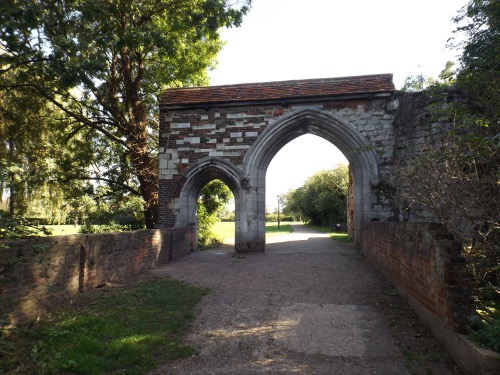
The pilgrim road from London to Walsingham in Norfolk before the Reformation was the for much of the way the road built by the Romans.
The new route being launched this Saturday 3 September avoids that now polluted main road by directing pilgrims up the Lea Valley Walk to Ware with use also being made of the parallel New River.
Highlighted are Waltham Cross and Waltham Abbey, both associated with pilgrimage and travel, and Great Amwell’s 11th-century church.
Walsingham is a draw for its restored shrine of Our Lady of Walsingham. This takes the form of a chapel to the dimensions of the outer home of the Virgin Mary in Nazareth -the little house built at the entrance to the cave home. It is similar to the original now reassembled at Loreto in Italy.
Taking a safe car-free route to Ware is significant says Andy Bull who has written the guide. He quotes the rector of Waltham Abbey as claiming that in the past the abbey community, and arriving pilgrims seeking Waltham’s Holy Cross, followed the river for travel.
The riverside town of Ware was a major stop on the way to Walsingham as it was considered to be a day’s journey out of London.
The suppression of the pilgrimage in 1538 under Henry VIII hit Ware badly and, in desperation during the reign of his daughter Elizabeth, the inn keepers resorted to inventing a new tourist attraction. This was the giant Great Bed of Ware which was so successful that it featured in William Shakespeare’s Twelfth Night and Ben Jonson’s Epicoene.
Almost three hundred years later it was still attracting tourists to the Lea Valley at downstream Rye House. The bed is now on display in the Victoria & Albert Museum.
The new guide has plenty of good photographs and a clear explanation of the Walsingham heritage.
London to Walsingham Camino by Andy Bull (Trailblazer £17.99).
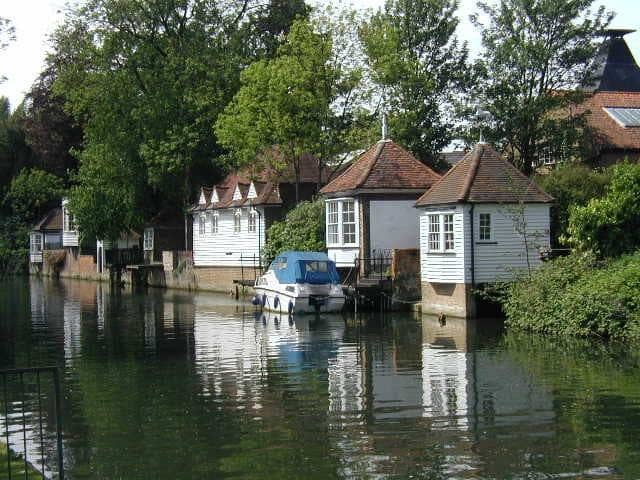
Flooding in Pudding Mill Lane
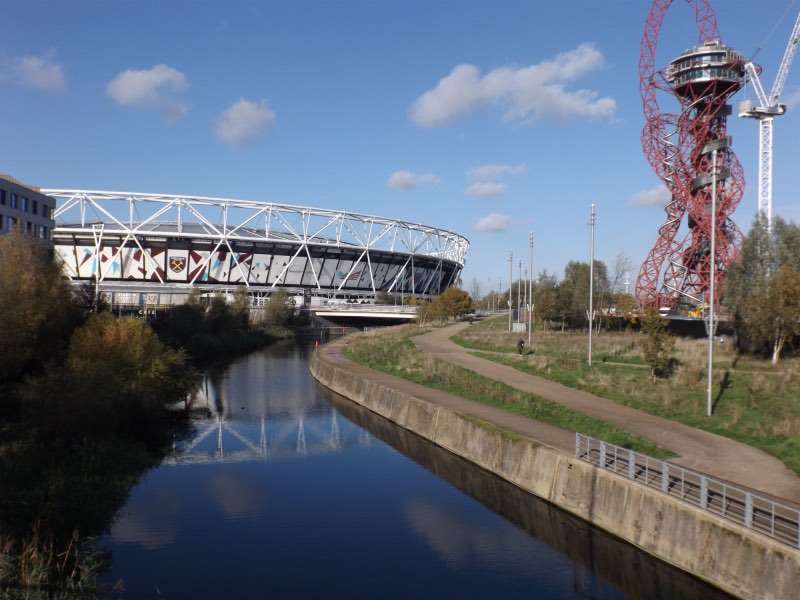
Reports of flooding on Sunday will raise many questions.
But the much viewed film of water pouring into Pudding Mill Lane Station is particularly interesting.
This is in the Lea valley where the river splits across a floodplain into the Bow Back Rivers.
The station lies between the Lea navigation and City Mill River. But once there would have been the intervening Pudding Mill River which was expunged as a waterway when the Olympic stadium was built.
A legacy of the 2012 Olympics may be a more complicated landscape than the ignored backyard of the 20th century.
Blackwall Yard change
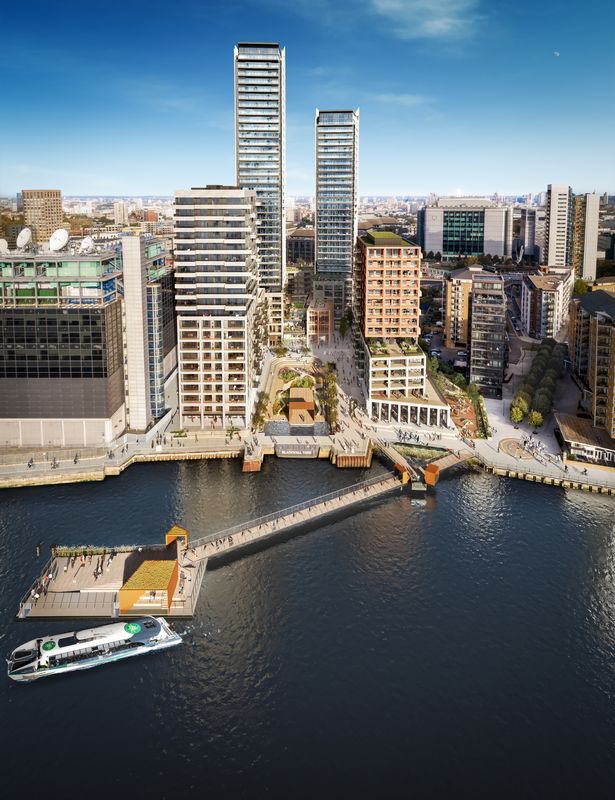
A 900-home development with a riverside path on Blackwall Yard, designed by Glenn Howells Architects, Panter Hudspith and White Artiketer, has been given the go-ahead by Tower Hamlets Council.
This is a location well known to many completing the Lea Valley Walk.
The end of the Lea Valley Walk (unless you choose to follow the Limehouse Cut) is East India Dock.
Some walk a little east to Trinity Buoy Wharf to see the confluence of the Lea with the Thames. But even if you do this you will probably end up making for East India Dock Station.
To reach the Docklands Light Railway station you pass along Virginia Quay, from where the settlers of Virginia set sail, to turn inland up an avenue of trees on the line of the Greenwich Meridian.
You have to turn as the riverside path does not at present continue over Blackwall Yard.
But one day you may be able to keep by the river to enter Blackwall Yard and walk across New Providence Wharf from where the Pilgrim Fathers made their final embarkation for America.
